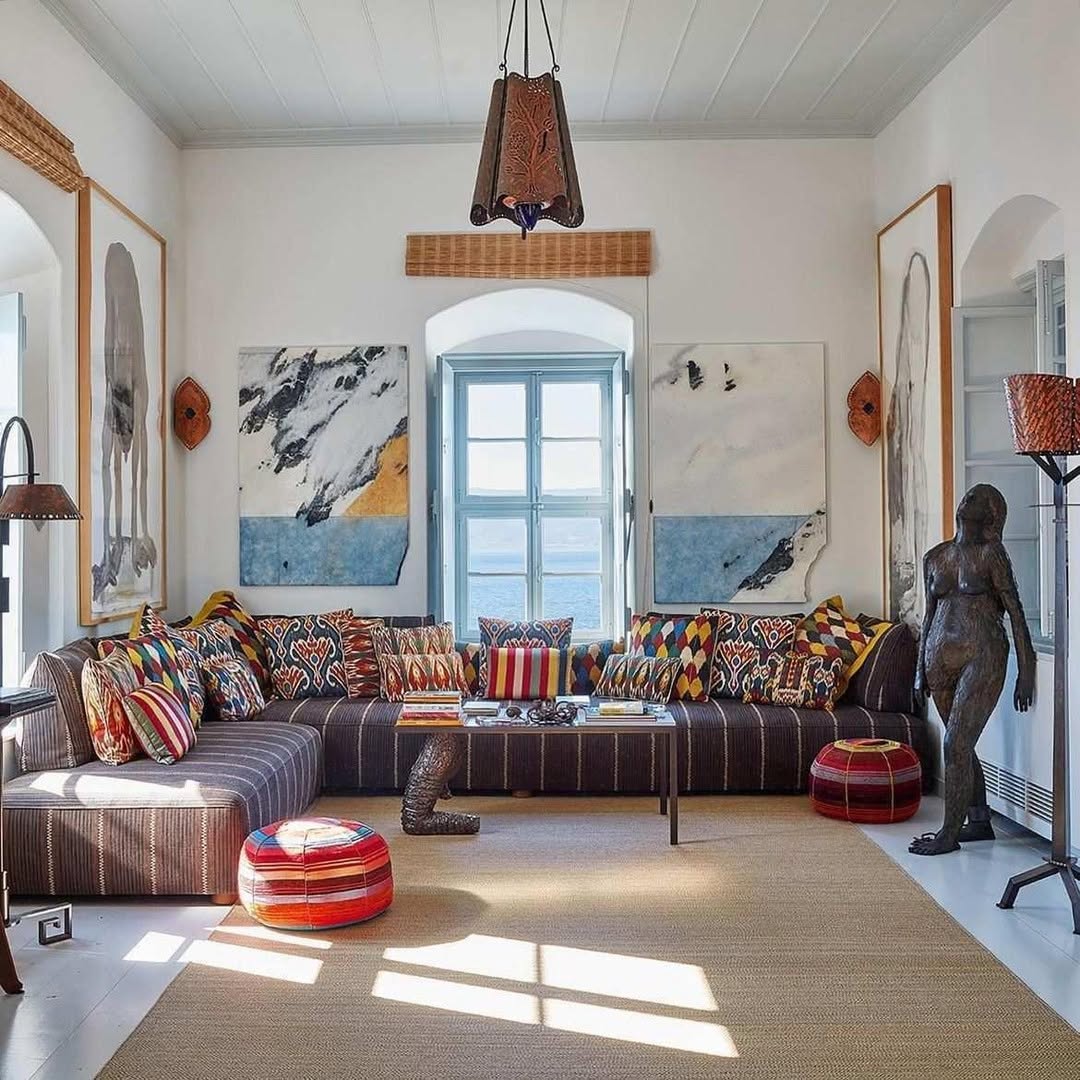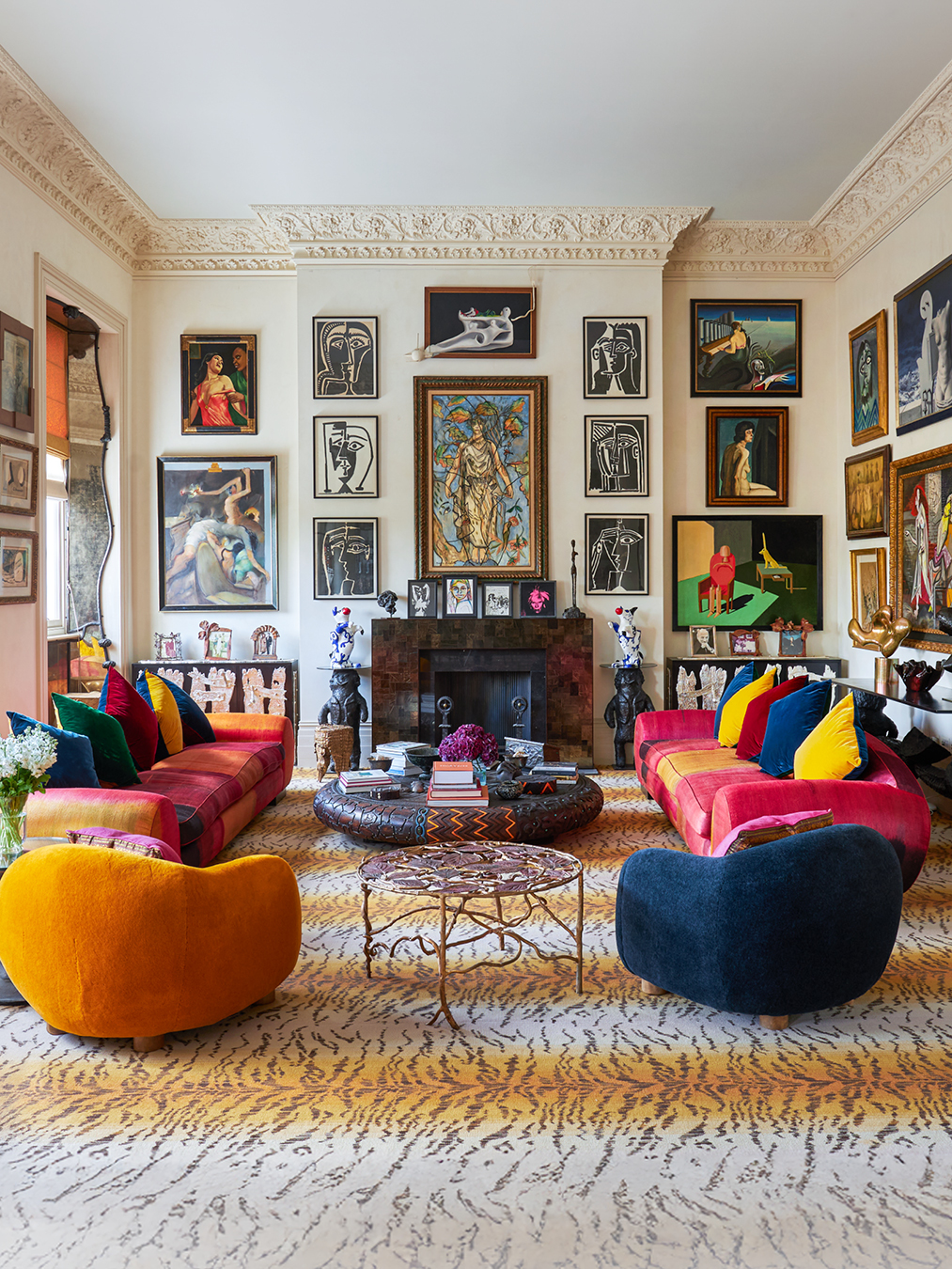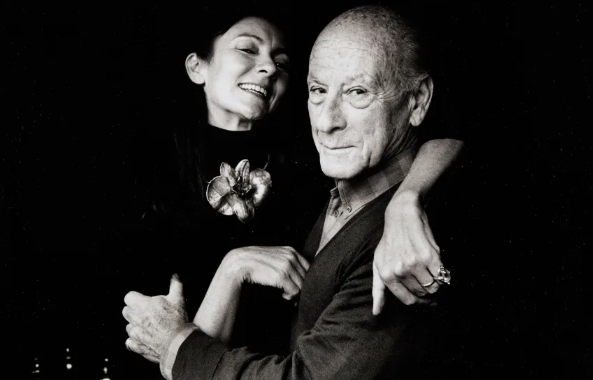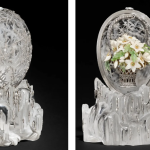The Secretary Who Built a £60M Art Empire: Inside Pauline Karpidas's Surrealist Dynasty
From a working-class start in Manchester to a globe-trotting life as a shipping magnate’s wife, Pauline Karpidas's journey is the stuff of legend. She did not inherit her fortune or her exquisite taste, but built them from the ground up, transforming herself from a boutique owner into one of Europe's most influential art patrons. Over five decades, her passion and impeccable eye created a historic Surrealist collection now poised to make auction history, proving that a truly visionary collector is made, not born {1, 3}. In today’s world, art collecting is undergoing a major shift, as technology begins to reshape how the ultra-wealthy buy, track, and invest in blue-chip works.
From Manchester to Athens: An Unlikely Awakening
Born Pauline Parry, she began her professional life as a secretary in post-war Manchester before making a bold and defining move to Athens. There, she opened a small clothing boutique named My Fair Lady, a seemingly small step that would lead to a life-altering encounter. It was in Athens that she met and married Constantinos Karpidas, a prominent construction magnate and shipowner. Though he was a traditional art collector, it was Constantinos who introduced Pauline to the legendary Greek-American dealer Alexander Iolas, a pivotal figure credited with discovering Andy Warhol. This introduction ignited a passion for the art world that would reshape her life and legacy {1, 3}.

Pauline Karpidas Art
Building an Icon’s Collection: From Vision to Valuation
With Iolas now her guide and mentor, Pauline began to collect with a voracious appetite and an astute eye. She and her husband focused on the Surrealist movement, a style that would become the emotional and financial backbone of her collection. The result was a trove that Sotheby’s now describes as Europe’s most significant private Surrealist collection, housed in her London residence. The collection features around 250 works from masters such as Magritte, Dalí, Picasso, Max Ernst, and Warhol. But her vision extended beyond paintings; she collaborated with designers like Jacques Grange and David Gill and commissioned bespoke furniture and sculptures from icons like Les Lalanne, blurring the lines between art and design in a way that defined her unique aesthetic {1, 5}.
A Fortune Built on Instinct and Audacity
Karpidas’s collecting was driven by passion, but it was executed with the sharp business acumen of a seasoned investor. Her early acquisition of works from artists before they reached peak fame became a hallmark of her strategy. In the 1980s, she famously purchased Andy Warhol’s 200 One Dollar Bills for just $385,000; in 2009, it sold for a staggering $43.8 million, cementing her reputation as a collector with a rare talent for predicting market value {3}. Her collection's current financial value is now historic. Following a 2023 sale of 300 pieces from her Greek estate that fetched more than triple its estimate, Sotheby’s London has set the stage for a September 2025 auction of her core Surrealist collection. With an estimated value of over £60 million ($81 million), it is the highest valued single-owner sale in the auction house’s European history {2, 5}.

Pauline Karpidas
Patronage and Philanthropy: The Legacy Beyond the Louvre
Beyond her role as a collector, Pauline Karpidas was a dedicated patron of the arts. For over two decades, she hosted the annual “Hydra Workshops” at her Greek island home, where artists like Damien Hirst, Tracey Emin, and Chris Ofili mingled with curators and collectors, fostering a dynamic environment for creativity. Her philanthropy was a collaborative effort with her late husband, Constantinos, and a core pillar of her legacy. Together, they supported institutions like the Whitworth Gallery in Manchester, to which she donated 90 contemporary works, and the New Museum in New York, where the education center bears their names {1, 4}.
An Enduring Legacy
At 81, now living primarily in New York, Pauline Karpidas has decided it is the right moment for her London collection to find new custodians. “This is by no means an ending,” she has said, affirming her ongoing support for artists even as major works move on {2}. She stands as proof that visionary collecting can be both personally transformative and commercially historic, and that true art patronage is a legacy that transcends a single collection, a single home, or even a single lifetime.
Related: How Michael & Susan Dell Are Reinventing Philanthropy with Tech-Driven Precision
Related: Annenberg's Secret: The Unseen Billions That Remade LA Philanthropy
Sources
{1} Artnet News. "A Famed Collector Has Parted With the Contemporary Treasures She Stashed on Her Greek Island Paradise, Netting $38 Million."
{2} The Art Newspaper. "Sotheby's to sell €11m collection from the Hydra home of Pauline Karpidas."
{3} Sotheby’s. "Pauline Karpidas: The London Collection Evening Auction | 2025."
{4} The Guardian. "The collector whose Greek island home became a hub for the Young British Artists."
{5} FAD Magazine. "Pauline Karpidas’ £60 million collection up for Auction this September."














